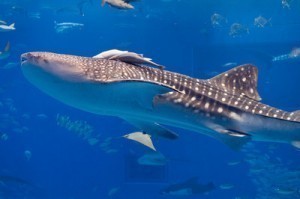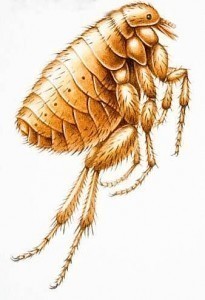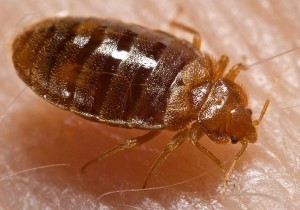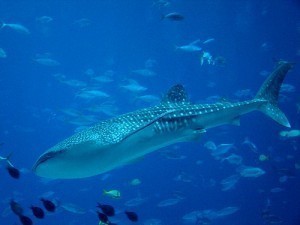The Biggest Spider
The tarantula species Theraphosa blondi, also known 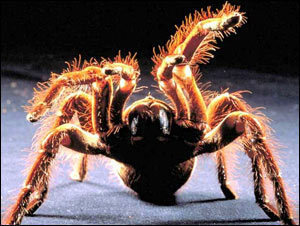 as the Goliath Bird-Eater, is somewhat aptly named (at least for the “Goliath” part) as it is considered to be the world’s biggest spider. Indigenous to the northern South American rain forests, it has a 25 cm leg span and is more than 170 g (6 oz) in weight.
as the Goliath Bird-Eater, is somewhat aptly named (at least for the “Goliath” part) as it is considered to be the world’s biggest spider. Indigenous to the northern South American rain forests, it has a 25 cm leg span and is more than 170 g (6 oz) in weight.
Capable of reaching up to around 30 cm (12 in) in length, male Goliath Bird-Eaters have a lifespan of 3-6 years, while the females of the species can live as long as 6-25 years. One of the factors in the age discrepancy is the female’s tendency to eat the male after mating with it. Following copulation, the female will lay as many as 100-200 eggs, which will take 7 weeks to hatch. Once they have hatched, the baby spiders that emerge will remain in their nest until they shed their skin for the first time.
Unlike most spiders, Goliath Bird-Eaters do not spin webs to capture prey. Instead, they pounce on their prey when they least expect it and inject them with a paralyzing venom. Not having teeth to chew their food, they merely release digestive juices that dissolve their prey’s tissue, enabling them to easily suck them out.
One would think by its name that the Goliath Bird-Eater mainly preys on birds, but this isn’t entirely accurate. While these spiders do feed on them when necessary, birds are not their standard prey. It’s just that when Theraphosa blondi was first discovered during the Victorian era, it just happened to be preying on a hummingbird at the time. Otherwise, these arachnids usually feed on rodents, bats, insects, myriapods (millipedes, centipedes, etc), lizards, frogs and even snakes.
Despite their predatory nature, Goliath Bird-Eaters are not really deadly to human beings. Some keep them as pets, while others actually eat them. Tribes in the Amazon, in particular, regard them as a delicacy, even using their fangs as toothpicks once they’re done eating them. In fact, these tarantulas have been found to have some nutritional value.
However, Goliath Bird-Eaters do have a means of protecting themselves from those who would prey on them. They do so by rubbing their hind legs on their abdomen, which then release into the air tiny hairs that cause the eyes and the mucus membrane to be irritated. While their fangs do secrete poison, it is moderately harmless to people, although it could cause them to have allergic reactions.
The Goliath Bird-Eater’s position as the biggest spider in the world is said to be challenged by Heteropoda maxima, the Giant Huntsman Spider. This species is reputed to be even larger than the Goliath tarantula, purported to having more than 30 cm (12 in) in leg span. However, there is insufficient information to support this claim.
